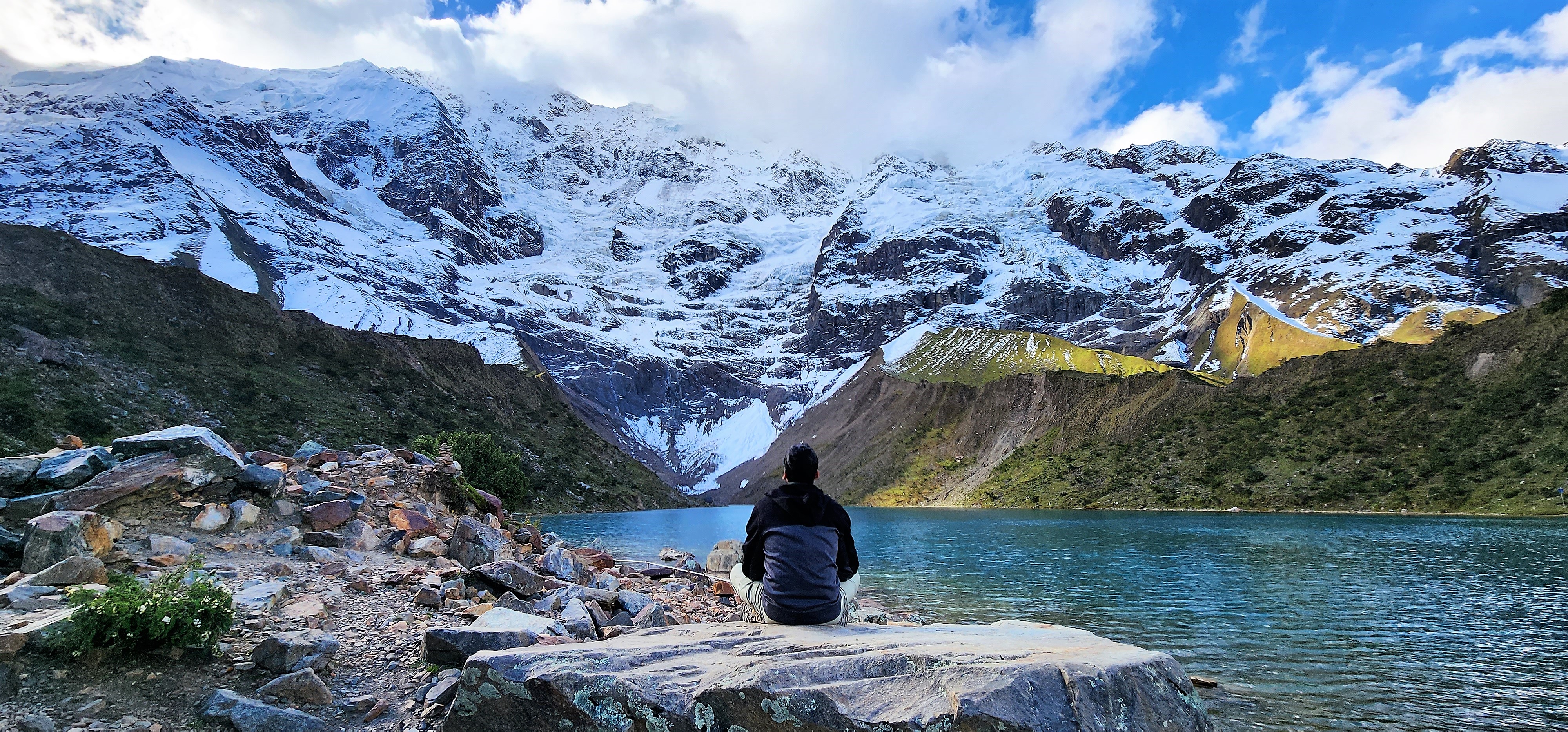4 min to read
Lesson Learned from Salakantey & Machu Picchu Trekking
Why getting a right hiking gear is utmost important for trekking

I’ve always wanted to see Machu Picchu, and in January 2023, I got the chance when a friend invited me on a 7-day trek to Salkantay and Machu Picchu starting from Cusco. I couldn’t say no to the invitation.
 |
|---|
| Elevation reference for the Salkantay and Inka Trail to Machu Picchu |
Since moving to North Carolina, I’ve found hiking to be a great way to stay fit and clear my mind. Most of my hiking trips have been around the Appalachian trails, including Pilot Mountain, Grandfather Mountain, Chimney Rock, and Hanging Rock. Pilot Mountain and Hanging Rock are the closest to my home, and I used these trails to prepare for Machu Picchu. However, their maximum elevation is under 4,000 feet, so I couldn’t fully train for the challenges of the Andes. To prepare for the high altitudes, I got a prescription for Diamox from my doctor to help prevent altitude sickness.
This was my first multi-day hiking adventure. While I knew I wasn’t fully prepared, I was excited to see what lay ahead in the Andes. Instead of sharing day-by-day details (there are plenty of blogs and vlogs about this), I’ll focus on what I learned during this trip.
 |
|---|
| On the way to Inka Chiriaska Pass |
Lessons Learned
Choosing the Right Gear
Good gear makes a big difference on a long trek. Unlike short day hikes, where you only hike for a few hours, trekking for 10-12 hours a day with constant elevation changes is a different experience. A 22-25 liter daypack is ideal for these trips since porters or horses carry most of the weight. However, the backpack I used didn’t have proper ventilation, leaving my back sweaty. Backpacks like the Gregory Citro 24 or Osprey Stratos 24 would have been better. Cushioned straps, hip belts, and chest straps also help reduce pressure.
A 3-liter hydration pack worked well for me, but having a thermos for hot water is also useful, especially in cold weather. It’s helpful to keep warm water in the tent at night.
 |
|---|
| Towards Machu Picchu through the Inka Trail |
Jackets and Clothing
The weather in the Andes changes quickly, so layering is important. I carried a fleece and a down jacket but found them lacking in ventilation, which made me uncomfortable. Jackets that allow airflow while providing warmth are essential, like this one from Arc’teryx. Rain ponchos are also necessary since it’s hard to find a single jacket that covers all needs.
 |
|---|
| The weather changes quickly, so proper layers are essential. |
Trekking Poles
I made a mistake by using the trekking poles provided by the tour operator. The first pair broke after a few days, and the replacement was only slightly better. Adjustable, collapsible poles like these are much better since they can be stored in a backpack when not in use.
 |
|---|
| A broken trekking pole during the hike |
Protection from UV
At high altitudes, UV exposure is intense, especially with sunlight reflecting off the ice. Wearing UPF50+ clothing (pants, long sleeves, neck gaiters, hats) and applying sunscreen is crucial.
 |
|---|
| High UV levels at altitude make full-body protection a must. |
Camping Gear
For overnight camping, a comfortable sleeping bag, air mattress, and a headlamp are essential. A handheld flashlight isn’t a good alternative to a headlamp. I used the air mattress provided by the tour operator, but I’d bring my own next time, like this one.
Descending steep stairs for hours on the Inca Trail made me realize the importance of knee guards. I’ll definitely bring them next time.
 |
|---|
| The beautiful surroundings made the tough ‘Inca stairs’ worthwhile. |
Final Thoughts
Despite some gaps in my preparation, this trek was unforgettable. Thanks to the Peruvian government and the care of local people, nature remains pristine here. Check out these photos to see the beauty I experienced.
This trek pushed my physical and mental limits. There were moments when I felt completely out of breath, which was scary but temporary. As my friend Amit said, it’s more of a mental challenge than a physical one. Although the journey was tough, the memories and life lessons I gained are priceless. Now, I’m excited for my next adventure (even though I don’t know what it will be yet).
Comments